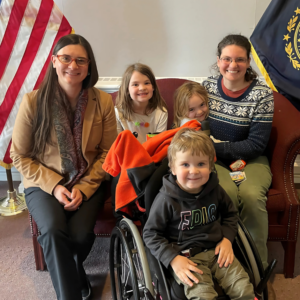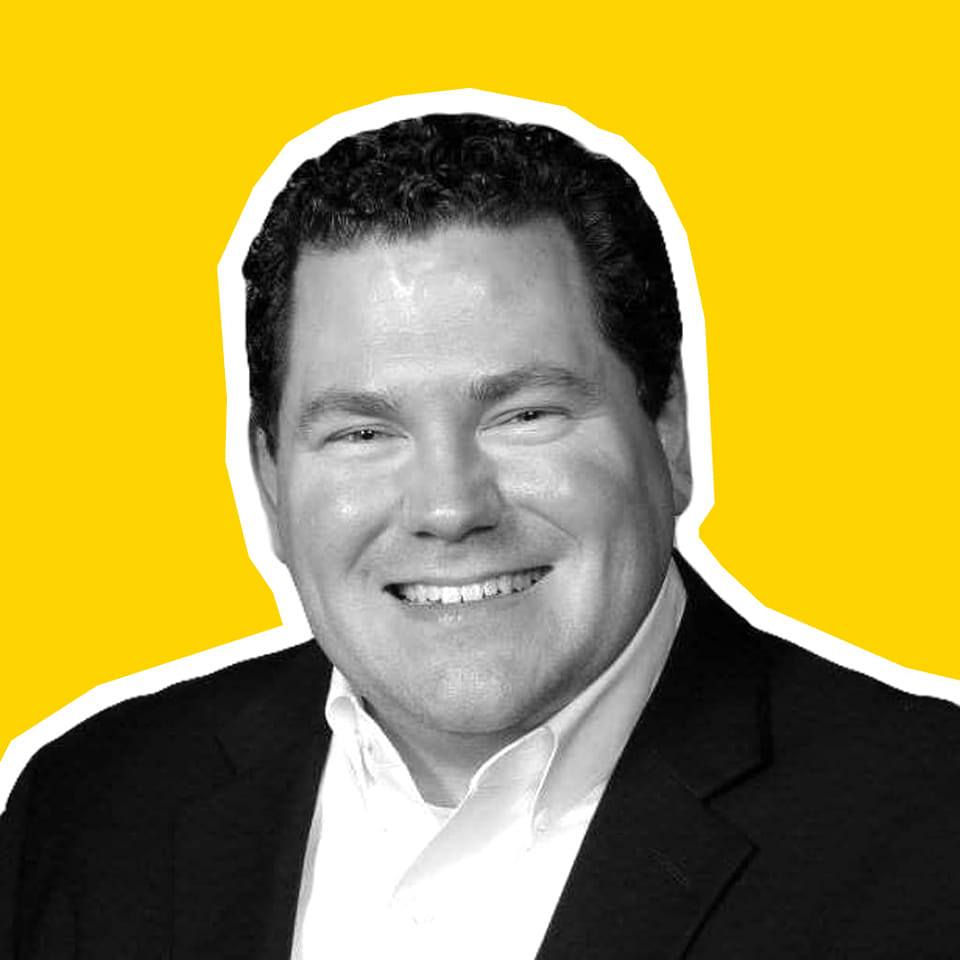At the ceremonial signing of SB 295 – the landmark law expanding Education Freedom Accounts (EFAs) in New Hampshire – the atmosphere was celebratory. Smiles, handshakes, and applause marked the occasion. But amidst the joy, a quiet moment in the crowd revealed a deeper truth.
As Renee Austin stood with her son Xander – a child with learning needs who uses a wheelchair – two critics of the bill confronted her without provocation. Their words carried a familiar undertone: that her child didn’t “belong” in the program. That his challenges were too complex. That only the traditional system could “handle” him.
She didn’t engage – because she didn’t have to. Her son was right there – present, proud, and thriving. He was the answer.
That encounter wasn’t just inappropriate – it was revealing. It exposed a lingering myth: that school choice is only for the privileged, the gifted, or the easy-to-teach. That children with disabilities, behavioral challenges, or emotional struggles somehow fall outside the promise of educational freedom.
But across New Hampshire, families are showing something very different. Their children aren’t fringe cases. They aren’t exceptions. They are, in many ways, the reason these programs exist.
These children aren’t outliers in the EFA movement – they are its beating heart.
Consider the story of Natalie Kitching-Rajak, a single mother of three, including one child with autism, who spent years feeling powerless within a system that simply didn’t meet her children’s needs. With the help of an EFA, she was finally able to enroll her two youngest – Khloe and Koleton – in a small, faith-based school that emphasizes hands-on, nature-based learning. Both children are now reading above grade level, writing in cursive, and waking up excited for school. “It’s an amazing feeling to know we can pick who educates our children,” she says.
Another example comes from the Clegg family, whose children – Emilia, Jo, Tey, and Corabelle – have benefited from a more flexible, individualized approach. Using an EFA, they chose to homeschool their eight-year-old daughter after she was labeled significantly behind and recommended for intensive special education services. In the traditional classroom, she had grown anxious, overwhelmed, and discouraged. But with one-on-one tutoring, customized curriculum, and enrichment programs tailored to her interests, she began to thrive. “She’s proud of herself,” says her mother, Abbey.
The Cleggs also used EFAs to enroll two of their other children in a small private school following the tragic loss of a sibling in 2021. The close-knit environment offered not only academic growth but also the emotional support their family needed at a critical time – something a larger, overstretched system couldn’t provide.
These aren’t polished, curated success stories – they’re honest glimpses into a quiet revolution. Parents across the Granite State are building new paths for children who were once dismissed as too difficult, too expensive, or too broken.
Opponents sometimes argue that EFAs undermine the public system. But for many families, EFAs weren’t a luxury. They were a lifeline. These parents didn’t leave a system that worked. They were pushed out of one that didn’t. What they’ve found on the other side isn’t indulgence – it’s possibility.
This is what critics miss: education freedom isn’t just about choosing a school. It’s about being seen. It’s about giving families the tools to act, rather than simply wait. And it’s about ensuring that a diagnosis doesn’t become a dead-end, but the beginning of something new.
Not every child needs to leave their assigned school. Some families use EFAs to build hybrid models – blending homeschooling with online courses, therapy, tutoring, or project-based learning. Others use the funds for something even more vital: the breathing room to heal, regroup, and rediscover joy.
These deeply personal solutions only become possible when institutions stop dictating and start trusting parents.
That moment at the bill signing wasn’t just an awkward exchange. It reflected a larger cultural divide: do we trust systems to decide what’s best for every child – or do we trust the people who actually know them?
To the mother who stood quietly that day: you weren’t alone. And your story isn’t a side note. It’s the center of this movement.
A quiet revolution is underway. Family by family, story by story, parents are reclaiming agency, dignity, and hope. And in doing so, they’re redefining what’s possible – not just for their own children, but for all of us.





